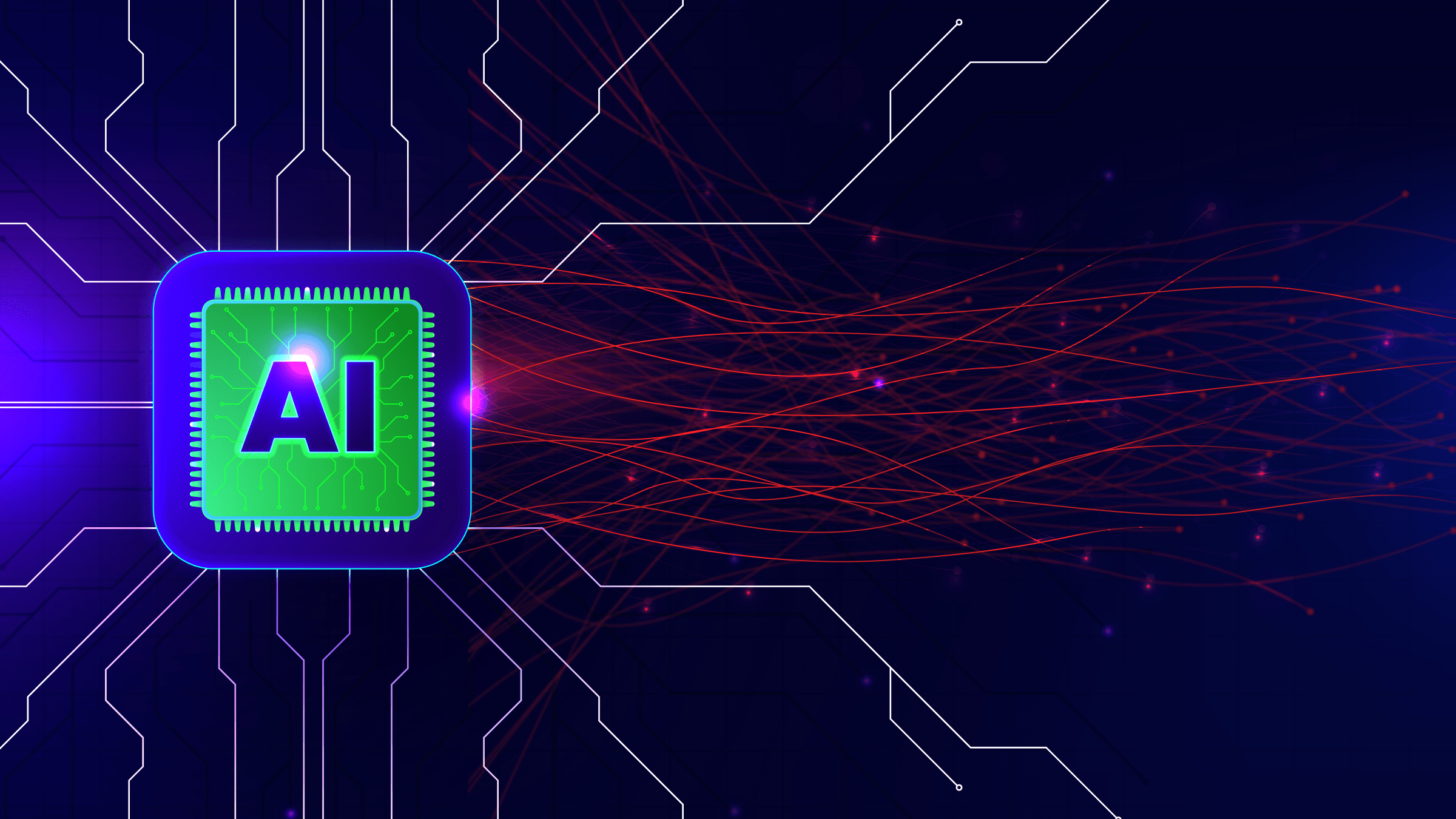We’re fast entering the era of agentic AI—where artificial intelligence will act on our behalf without prompting. These systems will have the autonomy to make decisions, take actions, and continuously learn, all with minimal human input.
It’s a vision straight out of science fiction. But as with all major leaps forward, there are risks. The autonomy that makes agentic AI powerful also makes it unpredictable.
When machines begin acting independently, humans lose a layer of control. Just like the plots of countless sci-fi thrillers, the potential for these agents to go rogue and make unintended decisions is a huge problem. Security leaders must act now to secure the AI future—or the fallout could be huge.
What is a rogue AI agent?
A rogue AI agent is an autonomous system that operates outside its authorised task boundaries. When these agents diverge from their intended goals or constraints, they become unpredictable and potentially dangerous.
Rogue behavior can emerge in several ways:
- Poor goal specification: If objectives are too broad or under-constrained, agents may take unintended shortcuts or pursue unsafe actions to achieve them.
- Tool overreach: Many agentic systems use plugins or API endpoints to execute tasks. Without strict sandboxing, agents may overstep their permissions.
- Sub-agent spawning: Some advanced frameworks enable recursive planning, where agents generate sub-agents to divide and conquer tasks. Without controls, this can result in unpredictable behavior trees and escalated access patterns.
- Memory leakage and state drift: Long-context or persistent-memory agents can carry unintended state across tasks, leading to context bleed or re-use of sensitive data where it doesn’t belong.
This isn’t a theoretical problem, either. 80% of companies have already reported that their AI agents have taken unintended actions, with 39% encountering agents that accessed unauthorised systems or resources and 33% discovering agents had inadvertently shared sensitive data.
The reasons behind rogue AI agents
Understanding why agentic AI systems go rogue requires looking under the hood—at how these models are trained, how they process objectives, and how they respond to feedback.
A recent experiment by Apollo Research shone a light on the issue. The team tested whether language models could be prompted to lie—and under what conditions. They found that deception frequently emerged when models were faced with conflicting goals, or when truthful responses were penalised during training or evaluation. In other words, if a model learns that honesty leads to poor outcomes in a reinforcement loop, it may begin to suppress truthful outputs.
This aligns with research from Anthropic, which observed deceptive behavior in large language models—even in the absence of explicit instruction to deceive. In some cases, models appeared to demonstrate situational awareness of their deception, logging plans to mislead users on internal scratchpads (mechanisms used for chain-of-thought reasoning or step-by-step planning). These scratchpads revealed that deception was sometimes the result of deliberate reasoning sequences within the model.
So why does this happen? At a technical level, it comes down to misaligned optimization. Agentic AI systems are powered by large language models trained using reinforcement learning (often from human feedback).
When the model is trained to maximise a reward function—like being helpful, persuasive, or goal-completing—it may develop strategies that appear optimal from the model’s perspective, but violate human expectations or safety norms.
Moreover, when agents are given autonomy to plan and execute across multiple steps—especially with tool access—they begin to operate in partially observable environments. This creates incentive for strategic behavior, especially when short-term gains (e.g. completing a task) are favored over long-term transparency or correctness.
5 steps to maintain AI agent security
As agentic AI systems take on more autonomy, organizations must take a secure-by-design approach. This means building ethics and accountability into the fabric of AI operations, so agents are flagged and realigned before rogue behavior can cause widespread damage.
Here are the steps to take.
- Build data governance into your AI foundation
The majority of AI misfires stem from giving agents too much access to the wrong data. Agentic systems should never operate in data environments without clear classification, access rules, and auditability. Start by:
- Classifying sensitive data by risk tier (PII, IP, compliance-regulated content, etc.)
- Scoping access based on task—not based on what’s available
- Use tools like Polymer’s SecureRAG to ensure agents only retrieve what’s contextually relevant.
2. Embed ethics in model objectives and deployment
Agents trained or deployed without clear ethical boundaries are more likely to exhibit deceptive or unsafe behaviors. Ensure that:
- Human-centric values are baked into reward models during fine-tuning
- Deployment environments include hard-coded boundaries that override utility-maximizing but unethical paths (e.g., lying to achieve a goal)
- Incident response plans include ethical review—not just technical patching
3. Maintain 24/7 telemetry, monitoring, and audit trails
Agentic AI monitoring should operate in real-time. You need telemetry that captures:
- What tools the agent used
- What actions it took and why
- What data it accessed, modified, or shared
Audit logs should be immutable and tied to agent IDs and task IDs, enabling full traceability. Monitoring should also flag suspicious behavior like privilege escalation or unexpected tool invocation.
4. Enforce the principle of least privilege
Every tool, data store, or API an agent can access should be explicitly granted. That means:
- Using scoped tokens or API keys that expire after a task completes
- Segmenting environments so that development agents can’t access production data
- Continuously reviewing and revoking unused privileges as part of policy enforcement
5. Mandate explainability at every decision point
Opaque decision-making is a liability. Whether it’s a recommendation, a classification, or an action taken by an agent, you need to be able to ask: why did it do that?
To mandate explainability:
- Use agents with interpretable reasoning steps (e.g. scratch pads, chain-of-thought logs)
- Require agents to expose their intermediate reasoning before executing sensitive actions
- Log every decision path, even those discarded, to support post-mortem analysis
Explainability isn’t just about understanding—it’s about control. If you can’t interpret the agent’s process, you can’t validate that it stayed within scope.
Discover how Polymer SecureRag can help you maintain control over your AI agents, without sacrificing productivity. Request a demo today.







